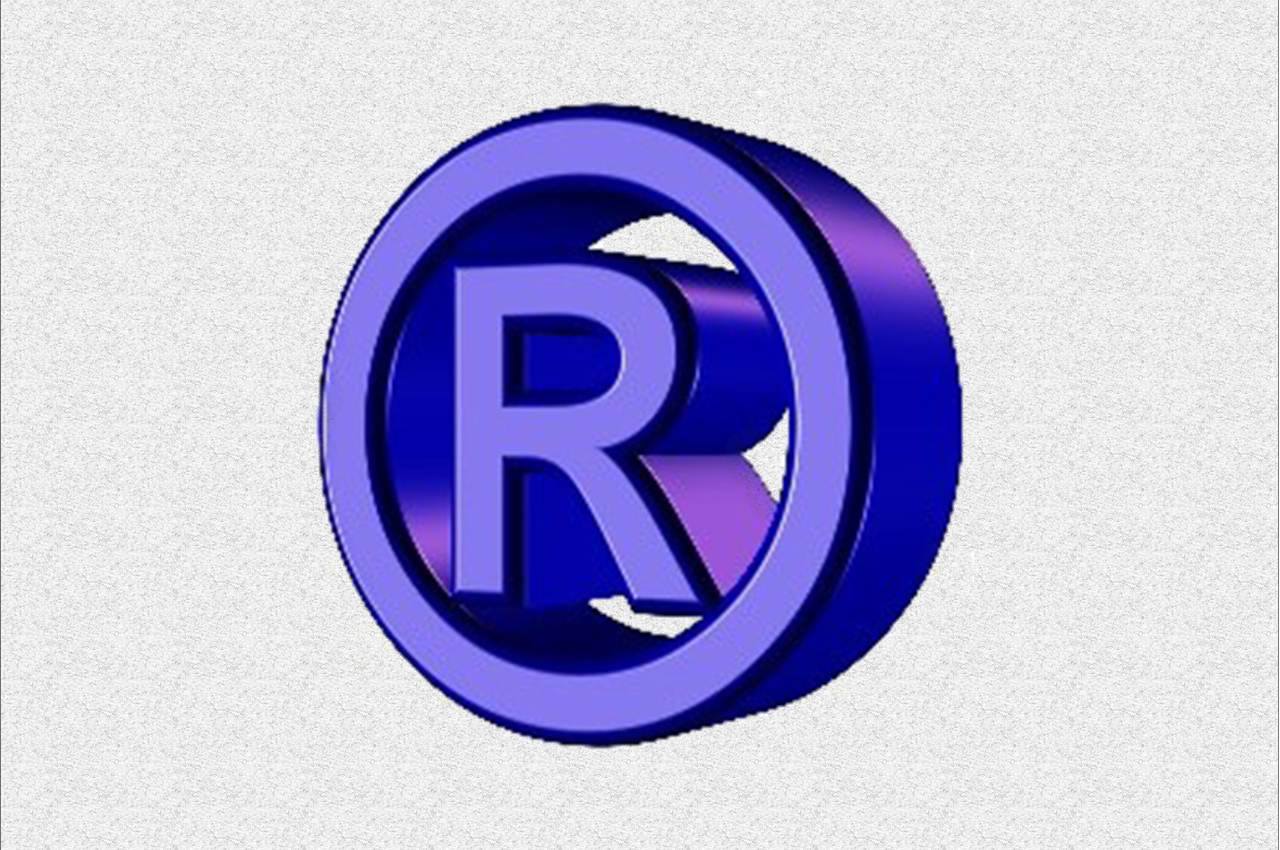Resources
Trademarkology
Using your mark for Good(Will)?
Using Brands to Build Goodwill and Social Awareness
Today, Google’s doodle honors Ida B. Wells, the 19th century suffragist and civil rights leader. Ms. Wells is an admirable figure in our history. Do you feel any of that admiration rubbing off on Google?

For those who may not know (who are you?), Google creates variations of its mark as it appears on its search engine’s home page from time to time. Google’s doodles are a unique way for it to observe historical events, celebrate holidays, and recognize people. But it is not the only brand owner to use its trademark to indicate support for people and causes. Associating one’s trademark with certain movements or causes is one way to champion a particular idea or change, and that affects how the public perceives the trademark and its owner as well. It is one way of building goodwill.
In another recent example, Coca-Cola launched a campaign to pay tribute to the holy season of Ramadan with a campaign intended to foster openness.

As part of this campaign, it has distributed cans with the COCA-COLA mark removed. Instead, the packaging features the trademark white wave over a red can with the phrase “Labels are for cans not people” featured on the back where one would expect to find the traditional COCA-COLA mark in script.

The company explains that it is removing the labels from its products to promote a world without labels and prejudices. This campaign signals some of the values that the company wants consumers to associate with its brand, promotes a cause it believes in, and also focuses attention on the design and trade dress of its products by removing the word mark.
These efforts are not always uniformly well-received even if well-intended. This past spring, Starbucks launched a campaign to spark conversations about unconscious bias and racism, using the mark RACE TOGETHER. The company’s goal was to “stimulate conversation, empathy and compassion toward one another” and use its corporate platform to reach as many members of the American public as possible. As part of the campaign, baristas were to write the mark on the coffee cups and talk about race with customers. This aspect of the campaign unfortunately received some negative attention (apparently some people do not want to have conversations before having their coffee). But negative attention doesn’t always yield negative results. It’s hardly meaningful to take a stand where there is uniform agreement. So building goodwill among a target audience may mean alienating certain others. Starbucks accepted the criticism with grace and perseveres in its efforts: seeking to register the mark RACE TOGETHER, hosting forums on the topic, publishing special sections in USA Today, and pursuing a goal of hiring 10,000 young people who face systemic barriers to jobs and education. In addition to fostering attention to a topic it considers important, Starbucks undoubtedly hopes that the consuming public will make a mental connection between the STARBUCKS brand and this social cause.

While Starbucks developed a new mark to associate with its campaign, sometimes brand owners create a temporary twist on their own trademark. When last month’s Supreme Court decision legalized gay marriage across the country, many companies posted rainbow variations of their brands on social media in celebration and visual support. Ben & Jerry’s temporarily renamed its chocolate chip cookie dough flavored ice cream I DOUGH I DOUGH (and distributed it online via Human Rights Campaign).



In this era of increased social awareness, it is not surprising that brand owners want to make consumers aware of the social causes they support. This is part of the way they build their brand identity and establish goodwill with their customer base. We’d love to hear from you with any favorite examples of brand owners lending their trademarks in support of a social cause.
Read more from Trademarkology



